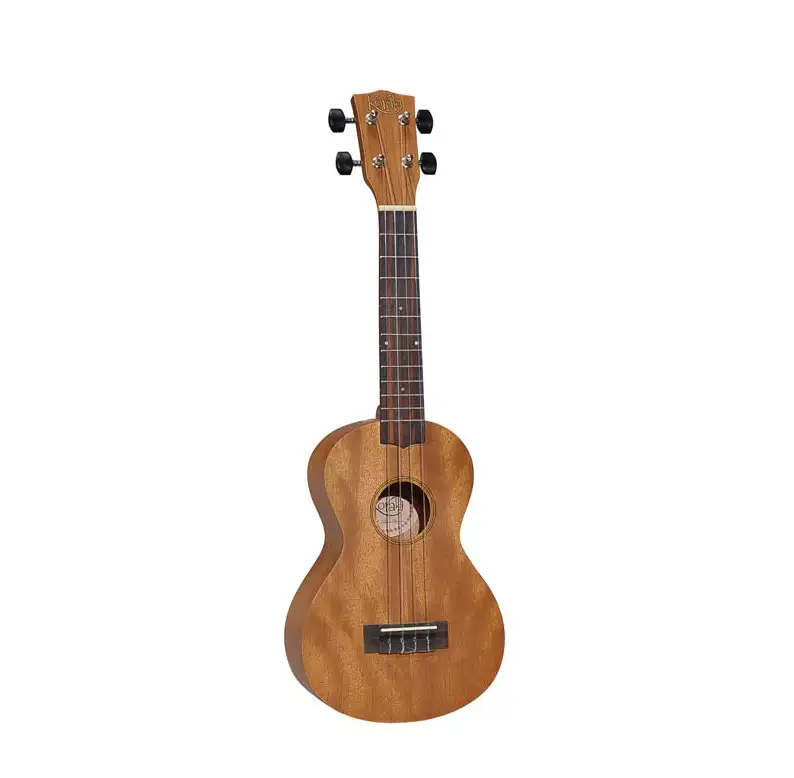06 hát giang

Hát Giang is a traditional Vietnamese folk singing that originates from the northern regions of Vietnam, particularly the mountainous areas where various ethnic minorities reside. This captivating musical genre reflects the rich cultural heritage of the Vietnamese people and is often performed during festivals, weddings, and local celebrations. The melodies of Hát Giang are characterized by their folk origins, heavy emotional expressions, and the use of unique instruments which create an enchanting atmosphere that transports listeners to a world filled with stories, love, and longing. The performers often express their feelings through the lyrics, which generally speak of love, nature, and the daily lives of the people. Furthermore, this art form is not just limited to singing; it involves a vibrant interaction between the performers and the audience, making it a living tradition that continues to evolve while retaining its core identity. Central to the Hát Giang experience are the instruments that bring the melodies to life. The most common instruments used include the đàn đáy, đàn bầu, and various types of drums. Each instrument has its own unique sound and contributes to the overall harmonious blend of the music. The đàn đáy, a plucked lute, provides a resonant backdrop with its deep tones. The đàn bầu, a monochord, adds a touch of emotional fragility, often echoing the singer's sentiments. Drums are included to infuse rhythms that enhance the lively spirit of the performances. The combination of these instruments not only creates a beautiful soundscape but also highlights the skill of the musicians, who often embody the spirit of their songs through their instrumental talents. The lyrics of Hát Giang play a crucial role in conveying the essence of its melodies. They are often poetic and metaphorical, weaving together themes of nature, life, and the intricacies of human emotions. The singers use metaphors from the surrounding environment — mountains, rivers, and fields — to express their innermost feelings and tell stories that resonate with both the young and old. The use of regional dialects and vernacular language in the lyrics also serves to root the songs in their specific cultural contexts, making them relatable and authentic to the local audience. With each performance, the singers breathe life into the narratives, inviting listeners to experience a shared emotional journey. Hát Giang is not simply a performance; it is a celebration of cultural identity and community values. In local communities, these performances often serve as a means of fostering social cohesion, where people gather to enjoy the music and share in the stories portrayed through song. This cultural practice reinforces communal bonds and allows for the transmission of traditions from one generation to the next. Additionally, Hát Giang has gained recognition beyond local settings, featured in cultural festivals and events throughout Vietnam and internationally. This exposure helps to raise awareness of Vietnam's rich cultural tapestry, promotes tourism, and honors the heritage of the ethnic groups associated with this beautiful art form. For those wishing to immerse themselves in the enchanting melodies of Hát Giang, there are numerous opportunities available. Many festivals in Vietnam, especially those held in the northern regions, showcase traditional performances of Hát Giang. Additionally, cultural centers and local community events frequently feature Hát Giang as part of their programming. There are also options for travelers to engage directly by attending workshops and performances in smaller, more intimate settings. This direct involvement allows one to not only listen but also appreciate the skill and effort that goes into traditional performances, enhancing the overall experience. While Hát Giang originates from traditional practices, contemporary influences have begun to weave their way into this cultural fabric. Modern musicians and performers are experimenting with new interpretations of Hát Giang, integrating elements from pop and modern music genres. This fusion can attract younger audiences and maintain the relevance of Hát Giang in today’s fast-paced world. However, it is important for these innovations to respect the roots and origins of Hát Giang, ensuring that the core cultural identity remains intact while evolving with the times. Efforts are being made to preserve the traditional elements while also allowing for creative expressions that reflect the current cultural landscape. As the world continues to change, the preservation of Hát Giang and other traditional art forms is paramount. Various organizations and cultural programs are dedicated to safeguarding this art through education and performance opportunities. Local communities are encouraged to pass on their knowledge to younger generations and to take pride in their cultural identities. Furthermore, documenting performances and lyrical content can serve as a vital resource for future research and appreciation. By fostering a new generation of performers and enthusiasts, the future of Hát Giang looks promising, ensuring that its enchanting melodies continue to captivate hearts for many years to come. Hát Giang is a traditional Vietnamese folk singing genre that originates from northern Vietnam, showcasing the cultural heritage and emotional expressions of the Vietnamese people through unique melodies and lyrics. Live Hát Giang performances can be experienced at various cultural festivals, local community events, and cultural centers, particularly in the northern regions of Vietnam. Hát Giang has evolved by incorporating modern influences while retaining its traditional roots. Contemporary performers often experiment with new interpretations, blending traditional elements with modern music styles to reach new audiences.Discover the Enchanting Melodies of Hát Giang
The Origins of Hát Giang
The Instruments of Hát Giang
Significance of Lyrics in Hát Giang
The Cultural Importance of Hát Giang
Experiencing Hát Giang Today
Where to Experience Hát Giang
The Role of Modern Influences on Hát Giang
Preserving the Future of Hát Giang
FAQs about Hát Giang
What is Hát Giang?
Where can I experience live Hát Giang performances?
How has Hát Giang evolved over time?